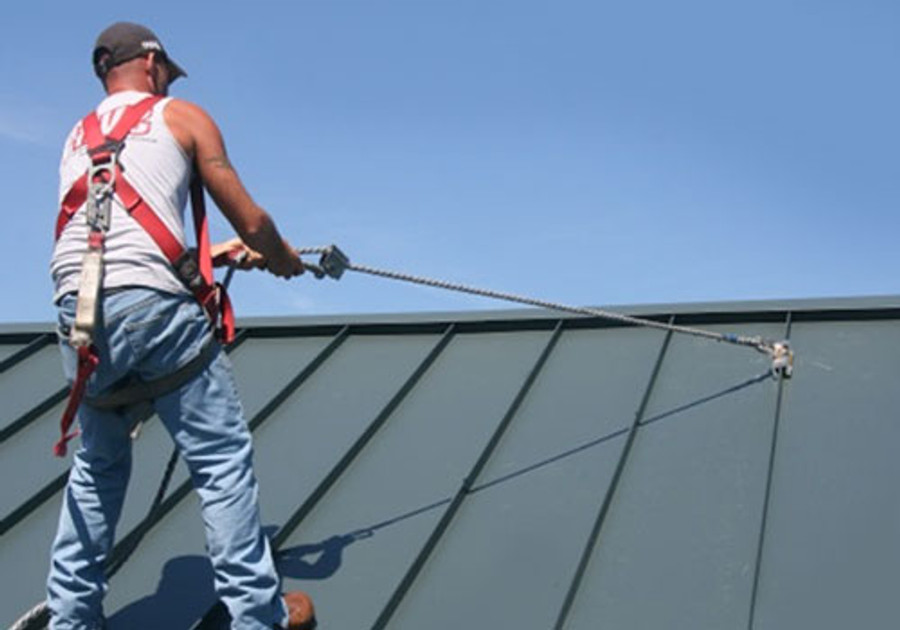Pros and Cons of Using Standing Seam Roof
Posted by Howie Scarboro - CEO Fall Protection Distributors, LLC on Oct 19th 2020
A
standing seam roof (metal) takes a unique installation approach than the
standard metal roofing method. Contractors mount traditional metal roofing by
massive ridges. They lock the seams of every roofing panel ridge in place with
nails. To supply excellent insulation and stop leaks, contractors use caulk to seal
the nailed seams.
Contractors install a standing seam metal roof differently. Rather than ridges, manufacturers create vertical metal roofing panels. These have similar measurements and interlocking spots that allow them to lock together to make an impregnable seal. If the groups are too long vertically, contractors can cut each panel to suit the slope and before it reaches the drip panel. There are four sorts of standing seam metal roofs.
PROs
Membranes
Standing seam roof details: they don't require consistent maintenance. Additionally, they need an estimated lifespan of over 50 years and introduce better insulation and watertight sealing than roofing membranes.
Shingles
Contractors recommend metal roofing if the project budget allows for it because it's virtually no surface material loss even after a harsh storm. Most inspections reveal metal roofs only to wish a membrane re-coating, which is smaller than the value of replacing missing or damaged roofing shingles.
Corrugated Metal Roofing
Unlike
their corrugated counterparts, standing-seam roofs are thicker. Manufacturers
create each identical panel independently. Reinforced corrugated metal ridges
are heavy to bring back their installation spot. Individually-reinforced
standing metal seams are lighter to hold and more comfortable to put in.
CONs
Standing seam roof installation: they are faster to put in, more durable, and highly effective. However, like all other roofing systems and material, there’s some downsides.
Quite Expensive
Standing seams roof cost about $2.45 per linear foot. The thicker the metal material for your roof, the costlier it becomes. However, most owners might find great value for its additional cost thanks to its quick but secure labor installation.
Situation-Dependent
If you're living during a village, you would possibly have signed an agreement with the local council about employing a particular building material for the roof. If you opt to put in standing seam metal roofing, the local council may penalize you and demand the reconstruction of your seamed roof.
Shingle prices can rise above metal roofs at some point.If this is often high, then shingles, which use petroleum as a severe component in its composition, will have a better cost per bundle or linear foot.
Somehow Affects Curb Appeal
Shingles provide the simplest curb appeal for any roof. Some property buyers need traditional roofing to look the way shingles could only offer. Metal roofs might appear too industrial or glossy for a few buyers.
The coating helps improve the insulation of any standing seam metal roof through a human-made membrane. Additionally, it can help improve curb appeal. However, despite the usefulness of metal roofs, basic-styled roofs (such as gambrel, front gable, etc.), a metal roof might make the house have a warehouse appeal.
Conclusion
Standing seam metal roofs are better than other roofing materials and even traditional metal roofing methods. However, it's an investment affecting the curb appeal of your property positively or negatively. In terms of durability and lifespan, standing seam metal roofs are undeniably efficient.
A
well-installed standing seam roof system can last for quite 50 years. During
this light, confirm to call only reliable residential roofing contractors for
any standing seam metal roofing installation or replacement you'll need.

